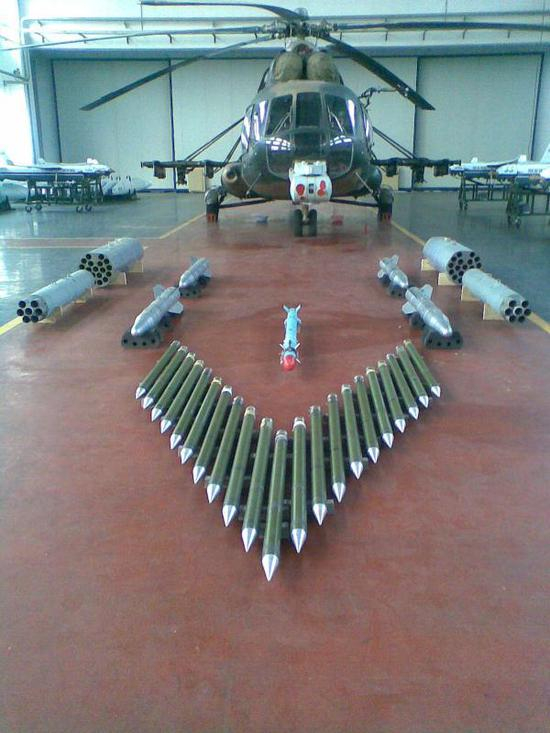- Yes
- No

Background
Spoiler
China imported the Mi-17V-7 helicopter, a medium-sized single-rotor aircraft, from Russia in the 1990s.
A proposal was made to replace the engine, and after discussing it with the Russian side, it was determined that the plan was feasible. Consequently, both parties reached an agreement that the responsibility of replacing the engine and conducting a field test flight in Tibet would fall upon the Russian side. Russia has successfully replaced the Mi-17 with the VK-2500 engine, which boasts a remarkable power output of 1,790 kW. Additionally, the emergency power has been enhanced to 2,027 kilowatts. The engine is equipped with an electronic fuel regulator that can automatically adjust the fuel supply based on the usage patterns in high-temperature and high-altitude environments. Moreover, the aircraft now incorporates the new Czech SAFIR 5K/G “Sapphire” auxiliary power unit, which significantly improves the engine’s starting performance in low-temperature and high-altitude conditions.
In 2001, the enhanced Mi-17, known as Mi-17V-7, effectively passed the test flight over the Tibetan Plateau, meeting all necessary requirements for operation in such high-altitude conditions.
In March 2007, the production of the Mi-17 under license commenced in China. The Mil Moscow Helicopter Plant JSC and the Sichuan Lantian Helicopter Company Limited in Chengdu, Sichuan province jointly led the production. As a joint venture, the plant manufactured 20 helicopters in 2008 using kits supplied by Ulan-Ude in Russia. It was anticipated that the annual production would rise to 80 helicopters. Lantian had plans to construct various variants, including the Mi-171, Mi-17V-5, and Mi-17V-7. However, recent reports in 2021 suggest that China is gradually replacing the Russian-made Mi-17 with their own Z-20, except for the Mi-171Sh assault helicopter. The last order for Mi-17 was placed in 2014.
Sometime around 2016, a Mil Mi-17V-7 was modified to fire AKD-9 ATGMS, along with the mounting of a 2nf generation FLIR Device, Terrain following Radar, MAWS, LWR, and RWR, not much more is known.
Technical Data
Specifications
Crew - 2+
Length - 18.22m (excluding tail rotor)
Height - 5.65 m
Rotor Diameter - 21.29 m
Tail-Rotor Diameter - 3.9 m
Empty Weight - 7,340 kg
Gross Weight - 11,100 kg
Max Takeoff Weight - 13,500 kg
Engine - 2 x VK-2500-03 Turboshaft Engines (1,800 kW each)
Max Speed - 250 km/h
Service Ceiling - 6200 m
Range - 715 km
Armament
6 x 250-3 Bombs
8 x AKD-9 ATGMs
6 x57mm 57-1 Rocket Pods
6 x 90mm 90-1 Rocket Pods
6 x 70mm FS70 Rocket Pods
2 x 12.7mm gun pods (Unverified if mounted)
Avionics
LWR
2nd Gen RWR
2nd Gen FLIR / NVG
CCIP For All (Conflicting)
Images
Spoiler





Sources
Spoiler
首见照片:解放军米17直升机发射AKD-9反坦克导弹_手机新浪网 (sina.cn)
(Book) China’s Navy Ships and Aircraft of the People’s Republic of China, 1955 - 2021 (Page B-25)
(Book) Encyclopedia of Chinese Aircraft, vol.2 (Page 180- 182)

 , it is the V-5, the V-7 has a better engine, and clamshell doors, but, it would be great to see a camo for it, but i think it should be also in the soviet tree.
, it is the V-5, the V-7 has a better engine, and clamshell doors, but, it would be great to see a camo for it, but i think it should be also in the soviet tree.



